Mark’s Score 8.7
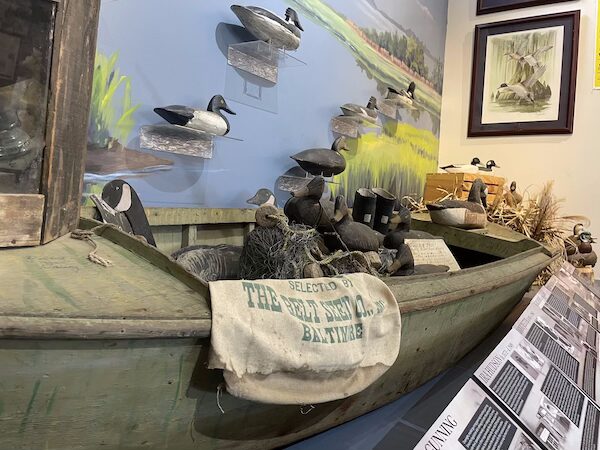
Small town museums are my guilty little pleasure. I see them as windows into the soul of their community. I am fascinated by the choices local curators make about their exhibits. At the very least, it tells you how locals view themselves, their history, and their culture.
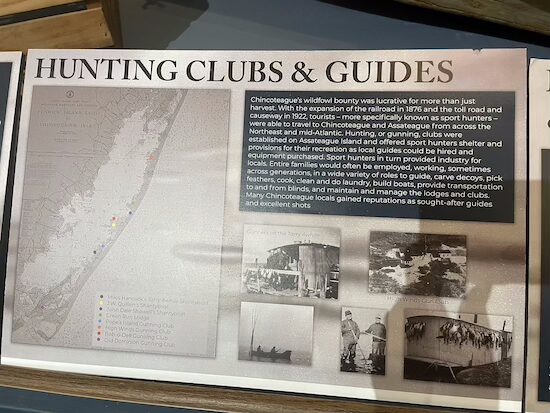
The Museum of Chincoteague Island is located on Maddox Blvd. just before you cross the channel to Assateague Island. The museum’s mission is to preserve and exhibit objects of historical and cultural value to Chincoteague and Assateague Islands and to educate and inform residents and visitors about the people, culture and history of the islands. The thing you need to be aware of when visiting small town museums, they all have short operating hours. So, make sure to check their website to make sure they are open planning a visit.
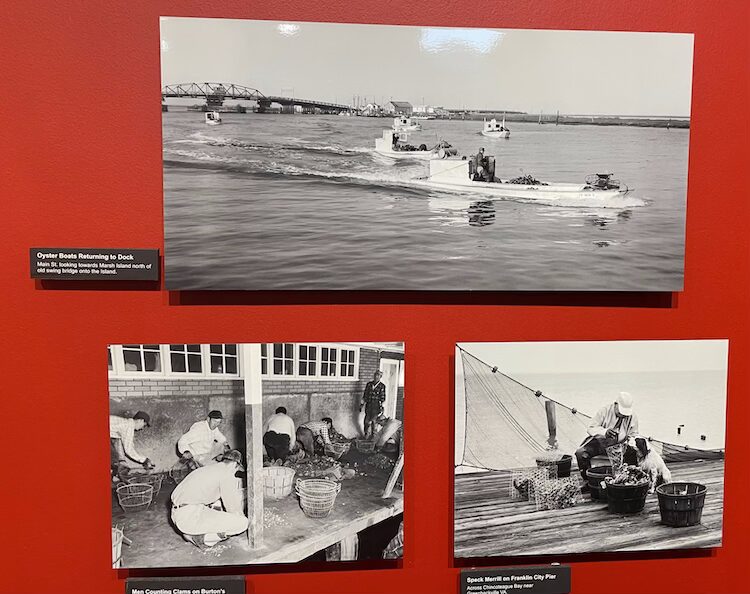
Small town museums tell a story of the things that are important to locals. So, what is important to Chincoteague? There is the obvious. There is an exhibit celebrating Misty the pony. Chincoteague’s wild ponies, in many ways, define the town itself. There is an excellent display about the annual pony roundup which takes place every July. Then of course there is the exhibit about oysters and oystering. The oyster industry had a significant impact on the local economy from Harve de Grace to Cape Charles. Chincoteague oysters are different from other oystering towns because Chincoteague oysters were harvested from the salt marshes of the ocean compared to the less salty oyster beds on the bay side.
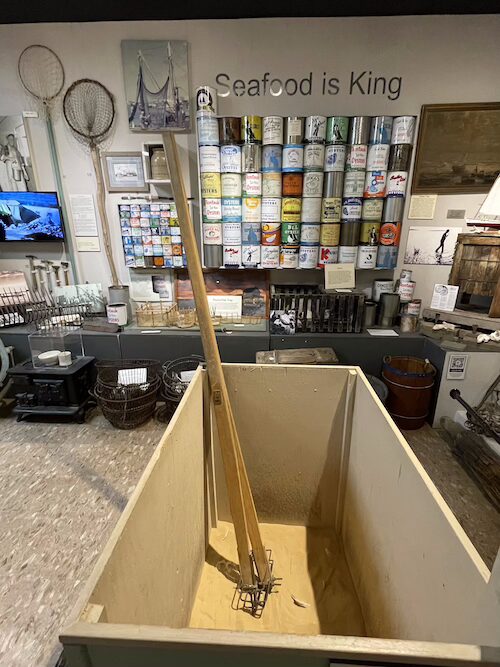
We are on the east coast flyway, so like the Chesapeake Bay, duck hunting and decoy carving were critically important to Chincoteague. In fact, Chincoteague hosted a number of “hunting lodges” the turn of the last century. These lodges were very popular with wealthy New York and Philadelphia bankers, lawyers, and industrialist. They were also largely responsible for the devastation of the duck population on the Chesapeake.
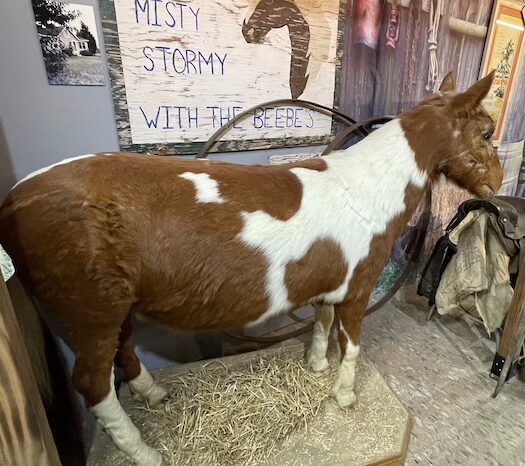
But the exhibit I found most intriguing was the exhibit about “James Alone.” This part of the US coastline is famous as a graveyard for sailing vessels. The combination of shoals, sandbanks, and violent Atlantic storms has brought many ships to an untimely end. Many Spanish galleons sailed these shores, carrying the wealth of the colonies to Spain. Two hundred years ago one such galleon was caught in a violent storm. People on the shore could hear the screams of the ship’s passengers. The ship sank and all were lost, save a single young boy tied to a plank. The islanders took the boy in as their own. He spoke no English, so the locals named him “James Alone.” Today, his descendants are believed to account for over 25% of the island’s population.
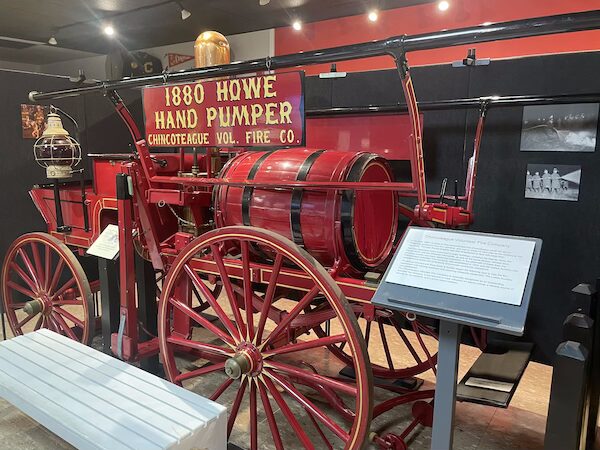
As tourists, we have an obligation to learn a little bit about the places we visit. Why else would you travel? You can learn much about the island at this museum. What more can you ask of a small-town museum?

Leave a Reply